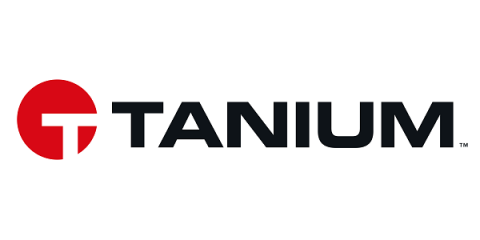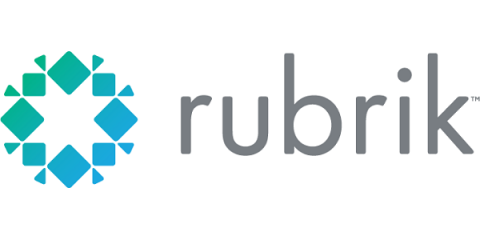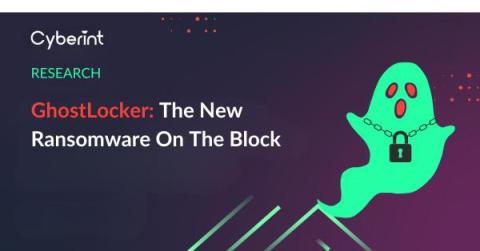Security | Threat Detection | Cyberattacks | DevSecOps | Compliance
Latest News
Malware Detection & Top Techniques Today
Proactively Preventing Your Company from Becoming the Next Cyberattack Headline
CISA KEV Ransomware Interactive Visualization
Top tips: Three ways to defend your critical IT infrastructure against ransomware
Top tips is a weekly column where we highlight what’s trending in the tech world today and list out ways to explore these trends. This week we’re looking at five ways you can protect your IT infrastructure against ransomware attacks. Every year, the month of October is observed as Cybersecurity Awareness Month. This year, we wanted to dedicate a special entry in our top tips column to one of the fastest-growing digital economies in the world: the Middle East.
"Human-Operated" Ransomware Attacks Double in the Last Year
As attackers leave little-to-no traces of their attack patterns, more ransomware groups are shifting from automated attacks to manual attacks. According to the newly-released Microsoft Digital Defense Report 2023, about 40% of the ransomware attacks detected were human-driven and tracked back to over 120 ransomware-as-a-service (RWaaS) affiliates. This spike in human-operated ransomware attacks likely goes back to attackers wanting to minimize their footprint within an organization.
CTI Roundup: The FBI takes down Qakbot and Bumblebee returns from hiatus
A look at the FBI’s recent Qakbot takedown, the return of Bumblebee after a two-month hiatus, and other developing cyberthreats from 2023.
Rubrik Invests in MSP offering to Accelerate MSPs with Cyber Resilience-as-a-service
Business leaders today must ask themselves a challenging question: “Who do I trust to face cybersecurity problems head on and consistently stay ahead of attacker trends?” Consider the following challenges of IT: As more and more businesses are turning to Managed Service Providers (MSPs), those MSPs must face the cybersecurity problems head on everyday and stay ahead of modern threats in order to defend themselves and their customers.
GhostLocker: The New Ransomware On The Block
Ransomware Attack Dwell Time Drops by 77% to Under 24 Hours
As attackers evolve their toolsets and processes, the significant drop in dwell time signifies a much higher risk to organizations that now have less time to detect and respond to initial attacks. This is bad news. Two years ago, the median dwell time – the time between gaining access to a network and executing the ransomware – was 5.5 days. Last year it was 4.5 days.










